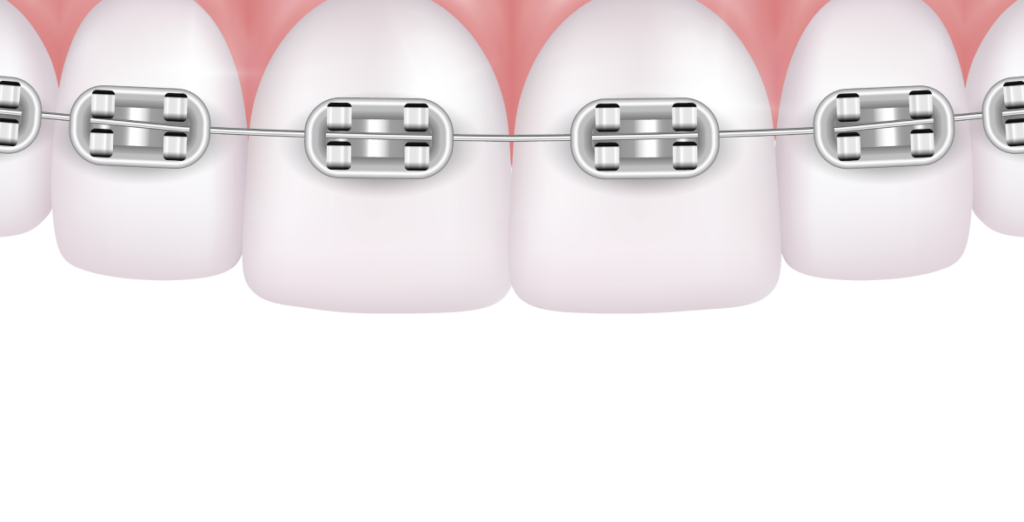What are braces?
Brackets are a key element in some orthodontic appliances used to align the patient's teeth. Technically, the term "bracket" corresponds to each of the pieces held by a metal arch that adheres to the front or back surface of the tooth. They are usually made of metal, although there are also brackets made of other materials, such as ceramic, sapphire glass, or resin, and they fit the surface of the teeth.
Its objective is to correct or eliminate some defects related to the patient's bite or the alignment of the smile, such as crowded teeth, open bite, crossbite, separations between teeth (technically known as diastemas), or overbite, among others.
Its components are three:
- brackets
- Ligatures
- metallic bow
The metal arch is the active part of the device, the one that really exerts the necessary force to push the teeth to the position they should occupy. The function of the brackets is simply to transmit force to the archwires so that they are truly effective.

Types of braces
There are different types of brackets depending on their shape, their position within the teeth, and their aesthetics:
metal braces
They are the traditional brackets, the ones that have had the most use over the last few years thanks to their effectiveness in correcting defects and malocclusions. Although it is the most effective orthodontic, it can also be the most unsightly, since it is placed on the front of the teeth.
Aesthetic braces
This type of orthodontics is also placed on the front of the teeth, but it often goes unnoticed because it is made of materials such as ceramic, resin, or sapphire. Their manufacturing material makes them more closely mimic the natural appearance of teeth and are much more discreet than metal ones.
Lingual braces
We are talking about invisible orthodontics since it is placed on the inside of the teeth. They have gained prominence in recent years thanks to their aesthetics, since they are not seen and, consequently, nobody notices that the patient is wearing them.
Self-ligating brackets
Unlike conventional brackets, self-ligating brackets use a clip mechanism that holds the archwire, ligatures are not necessary and therefore generate less friction within the teeth. They use materials similar to non-self-ligating brackets, and there are some more discreet and aesthetic ones, such as ceramic or plastic ones, which go more unnoticed.
No comments